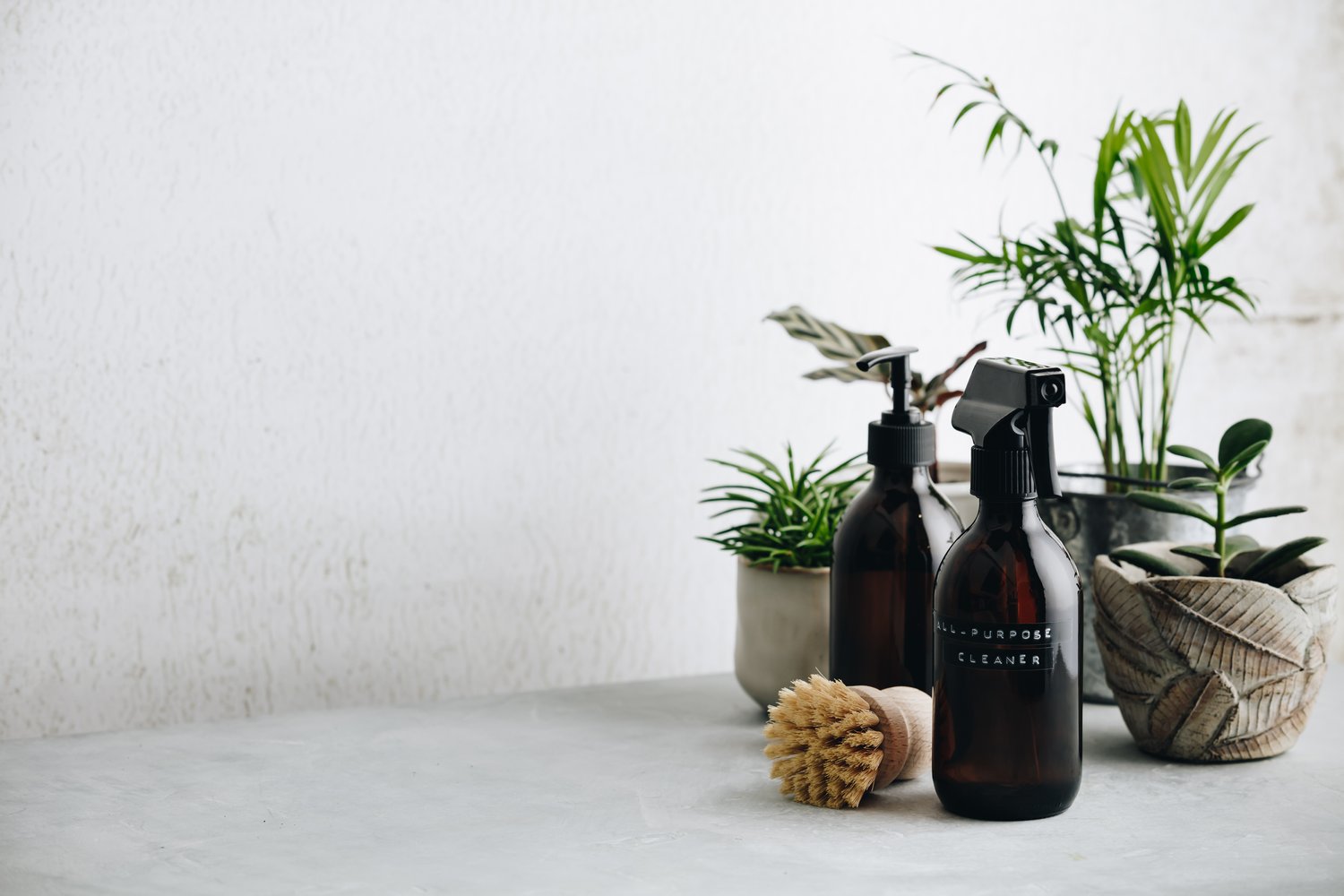The shift toward environmentally responsible living has extended into how we clean our homes. Green cleaning offers a healthier alternative to conventional methods by eliminating harmful chemicals that can affect indoor air quality and ultimately impact our health. This comprehensive guide will help you identify genuinely eco-friendly cleaning products, understand key certifications to look for, and provide guidance on finding reputable eco-friendly cleaning services that align with your sustainable values. We’ll also explore simple DIY solutions that can effectively clean your home while minimizing environmental impact.
Understanding Truly Green Cleaning Products
The cleaning aisle is filled with products claiming to be “natural” or “eco-friendly,” but not all green claims are created equal. Genuine green cleaning products contain biodegradable ingredients derived from renewable resources, avoid petroleum-based components, and come in recyclable or reduced packaging. They should be free from phosphates, chlorine, artificial fragrances, and other potentially harmful chemicals that can irritate respiratory systems or contaminate waterways.
When shopping for sustainable cleaning supplies, look beyond marketing terms like “natural” or “plant-based” which can sometimes be misleading. Instead, examine the ingredient list carefully. Authentic green products will transparently list all ingredients and avoid vague terms like “fragrance” which can mask dozens of undisclosed chemicals. Many manufacturers of legitimate eco-friendly cleaning products pride themselves on ingredient transparency and will voluntarily disclose their full formulations.
Non-toxic home cleaning solutions should perform effectively without compromising on safety. While early generations of green cleaners sometimes sacrificed cleaning power for environmental benefits, today’s options have vastly improved formulations that can tackle tough messes just as effectively as conventional products. The difference is they do so without introducing harmful substances into your living space or the ecosystem.
Important Certifications and Labels to Recognize
Navigating eco-claims becomes easier when you understand relevant certifications. Look for products bearing credible third-party certifications such as Green Seal, ECOLOGO (UL Environment), EPA Safer Choice, or USDA Biobased labels. These certifications indicate that products have undergone rigorous testing to verify their environmental claims and performance standards.
The Environmental Working Group (EWG) also provides a helpful rating system for cleaning products based on ingredient safety. Their online database allows consumers to look up specific products and see detailed assessments of their ingredients and potential health concerns. This resource can be invaluable when determining which green cleaning products truly live up to their marketing claims.
Be wary of “greenwashing” – marketing tactics that make products appear more environmentally friendly than they actually are. Some companies create their own eco-friendly symbols or use vague environmental statements without substantiation. Learning to recognize legitimate certifications will help you make more informed purchases that align with your sustainability goals.
Finding Reputable Eco-Friendly Cleaning Services
For those seeking professional help, eco-friendly cleaning services offer the convenience of professional cleaning with environmental consciousness. When researching these companies, inquire about their specific green practices. Reputable eco-friendly cleaning services will use certified green cleaning products, implement water and energy conservation measures, and train their staff in sustainable cleaning techniques.
Ask potential service providers detailed questions about their product selection, waste reduction strategies, and equipment choices. Many AskHomey verified cleaning professionals can provide documentation of their green certifications and explain their sustainable cleaning protocols in detail. The best eco-conscious cleaning companies view their environmental commitment as a core value rather than a marketing angle.
When comparing services, consider companies that use microfiber cloths (which require fewer cleaning agents), HEPA-filtered vacuums (which improve air quality), and concentrated products (which reduce packaging waste). Some progressive services even offer carbon-offset programs for their transportation emissions or participate in environmental initiatives within their communities.
DIY Sustainable Cleaning Solutions
Creating your own non-toxic home cleaning solutions is both economical and environmentally friendly. Simple ingredients like white vinegar, baking soda, castile soap, and essential oils can effectively clean most household surfaces. For example, a mixture of equal parts vinegar and water makes an excellent all-purpose cleaner for countertops, while baking soda serves as a gentle abrasive for scouring sinks and tubs.
Lemon juice offers natural bleaching and deodorizing properties, making it ideal for removing stains and freshening spaces. Combined with salt, it can effectively clean cutting boards and other food preparation surfaces. For windows and mirrors, a solution of vinegar, water, and a few drops of essential oil provides streak-free cleaning without ammonia or other harsh chemicals.
When crafting DIY solutions, store them in reusable glass containers with clear labels indicating contents and mixing dates. While homemade cleaners can address most cleaning needs, some specialized tasks may still require commercial green products. Finding the right balance between DIY solutions and purchased sustainable cleaning products often delivers the best results for both your home and the environment.
Making the Transition to Green Cleaning
Transitioning to a completely green cleaning routine doesn’t need to happen overnight. Begin by replacing products as they run out with eco-friendly alternatives. Start with frequently used items like all-purpose cleaners and gradually expand to specialty products. This approach makes the shift more manageable both practically and financially.
Consider the full lifecycle of your cleaning tools as well. Reusable cleaning cloths, mops with washable heads, and durable equipment reduce waste compared to disposable alternatives. Many sustainable cleaning brands now offer concentrated refill options or packaging take-back programs to further minimize environmental impact.
Remember that green cleaning extends beyond product choices to include practices like conserving water, using cold water when possible, and ensuring proper ventilation rather than relying on chemical air fresheners. These holistic approaches to sustainable cleaning create healthier indoor environments while reducing your ecological footprint.
For more tips and to connect with reliable home service professionals, follow AskHomey on Facebook and Instagram.



